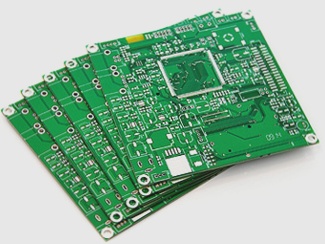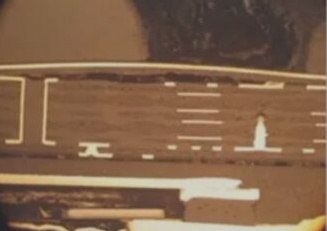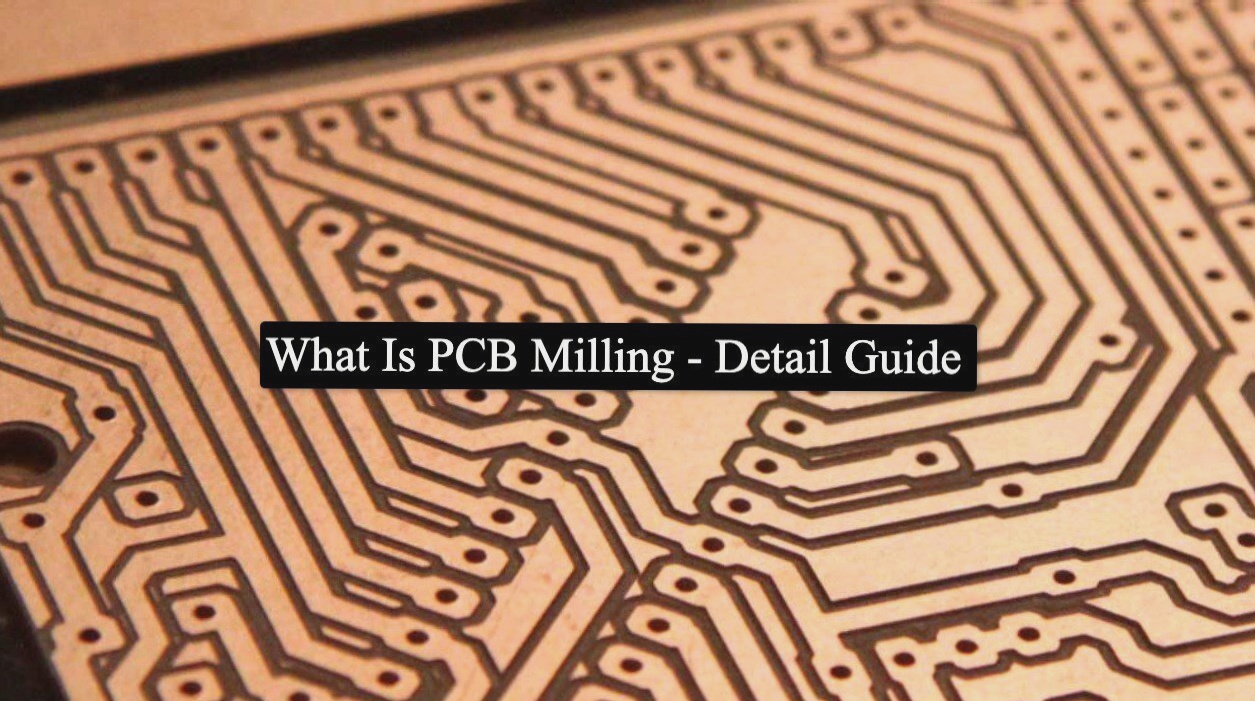PCB Design Best Practices for Signal Integrity
1. Control Cable Length for Signal Integrity
When designing high-speed PCBs, it is crucial to control the length of key network cables to avoid signal integrity issues. For different operating frequencies, the recommended maximum trace lengths are:
- 10 MHz or below: 7 inches
- 50 MHz: 1.5 inches
- 75 MHz or higher: 1 inch
- GaAs chips: 0.3 inches
Exceeding these lengths can lead to transmission line problems.

2. Plan Traces Topology Wisely
Choosing the right routing path and termination topology is another effective way to address transmission line effects. Two common wiring topologies for PCB routing are Daisy Chain and Star distribution:
- Daisy Chain: Suitable for controlling high-order harmonic interference, but achieving a 100% routing rate can be challenging. Branch lengths should be kept short.
- Star Topology: Effective in avoiding clock signal asynchrony, but can be challenging to implement manually on high-density PCBs. An autorouter is often used for star wiring.
3. Suppressing Electromagnetic Interference
Enhancing the electromagnetic compatibility (EMC) of the PCB is crucial for signal integrity. Proper grounding and using a signal layer with a ground plane are effective methods. Increasing signal density on the outer layer and utilizing “surface area layer” technology in a “Build-up” design can reduce electromagnetic radiation.
Methods for reducing electromagnetic interference:
- Proper grounding
- Signal layer with a ground plane
- Increasing signal density on the outer layer
- Utilizing “surface area layer” technology
4. Additional Technologies
Improving PCB Performance with Decoupling Capacitors
Enhancing the stability and efficiency of integrated circuit chips is crucial in PCB design. One effective method to reduce transient overshoot and glitches on the power supply is by incorporating decoupling capacitors.
Decoupling capacitors play a vital role in mitigating voltage fluctuations and minimizing radiation from the power loop on the PCB. By connecting the decoupling capacitor directly to the power pin of the integrated circuit, rather than the power plane, its ability to smooth glitches is significantly enhanced.
When dealing with high-speed and high-power devices, it is advisable to place them in close proximity to minimize transient overshoot. Long power traces without power planes can potentially create loops between signals, leading to radiation issues and susceptibility to circuit disturbances.
Open loops, where the loop does not pass through the same network cable or other traces, and closed loops, where it does pass through other traces of the same network, both have implications for EMI radiation and circuit sensitivity. It is crucial to close loops to reduce radiation effects, as the amount of radiation generated is directly proportional to the area of the closed loop on the PCB.
Key Considerations for PCB Design:
- Utilize decoupling capacitors to reduce transient overshoot and glitches.
- Place high-speed and high-power devices close together to minimize disturbances.
- Avoid long power traces without power planes to prevent radiation issues.
- Close loops to minimize EMI radiation and circuit sensitivity.


